Exceptionally Preserved Wooden Structure From the Roman Age Discovered After House Fire
Over the years, researchers have discovered dozens of important artifacts, temples, homes, and various pieces of life from the ancient Roman Empire. But there is one thing they struggle to find, and that is wood.
Because wood decomposes much faster than clay or stone, there are few remaining wooden antiquities that have lasted more than 2,000 years. Luckily, archaeologists in Germany have just uncovered an exceptionally well-preserved wooden structure, and it can tell them a great deal more about Roman life.
When Did the Romans Live in Germany?
It’s actually difficult to fathom just how far the Roman Empire stretched by the start of the first century CE. They were constantly gaining and losing land due to skirmishes and all out wars against their enemies of Carthage, Gaul, Celtic Britons, and with the Germanic people.

Source: World History Encyclopedia
The Roman Empire was only in control of the land that is now Germany from about 50 CE to 275 CE, until the Germanic people began moving south and resuming control. But during those 225 years, they left behind quite a bit.
The Ancient City of Nida
Because they were only there for a short time, Roman cities in modern day Germany likely weren’t as developed as their metropolises in what is now Italy, Greece, and other countries of the Mediterranean.

Source: Freepik
However, they did establish several important townships, including the famous ancient capital city of Nida, which has been found in what is now Frankfurt, Germany.
The Walls of Nida Were Broken Down in the 15th Century
For nearly 1,200 years after the Romans abandoned Nida, the city sat, for the most part, as it had been during their reign. However, in the 15th century, residents began taking apart the ancient walls to build new infrastructure in Frankfurt.
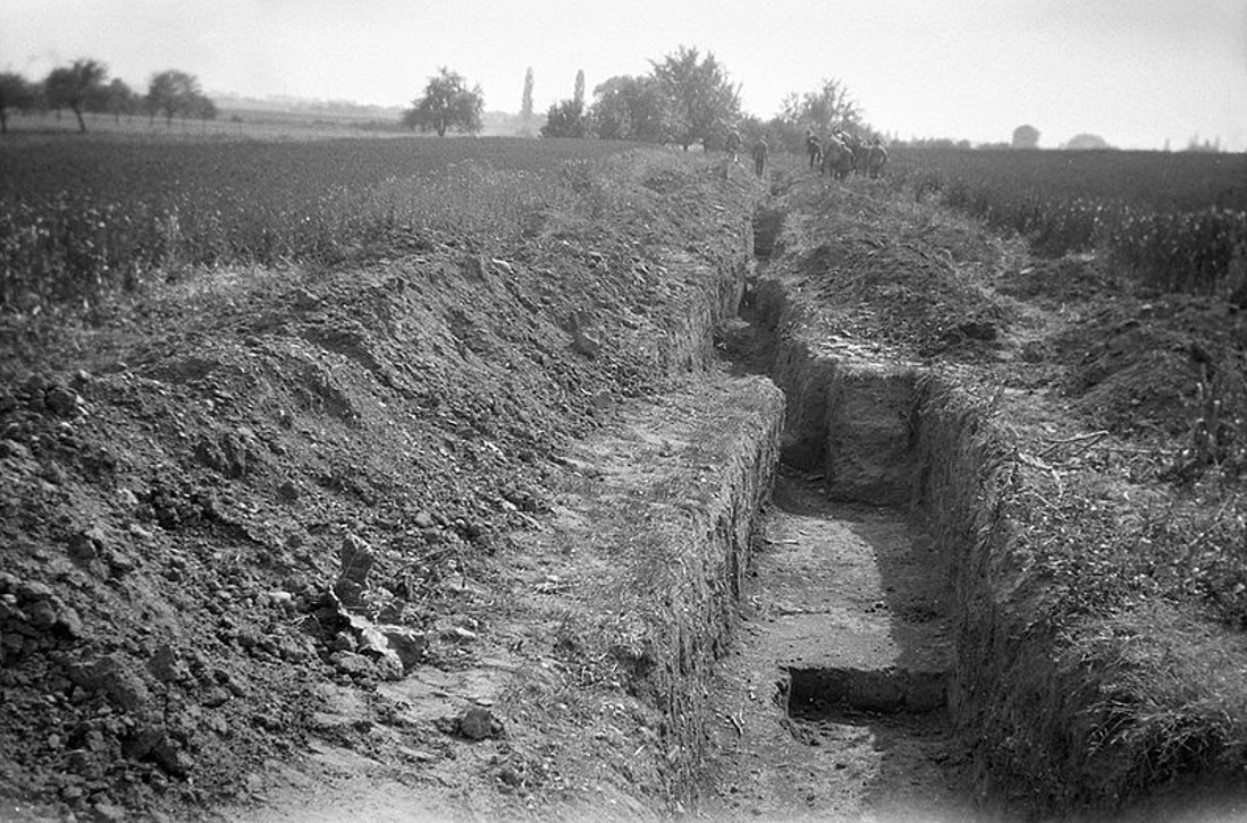
Source: Wiki Commons
Some of the underground remains were left intact, though there was little for archaeologists to explore once they realized some of the ancient city was buried below their feet.
The Remains of Nida
Over the years, archaeologists have dedicated an incredible amount of time and effort in attempting to uncover and preserve what was left of Nida. They found a few pieces of ancient pottery, several footsteps, and even small portions of the city wall, but not much else.
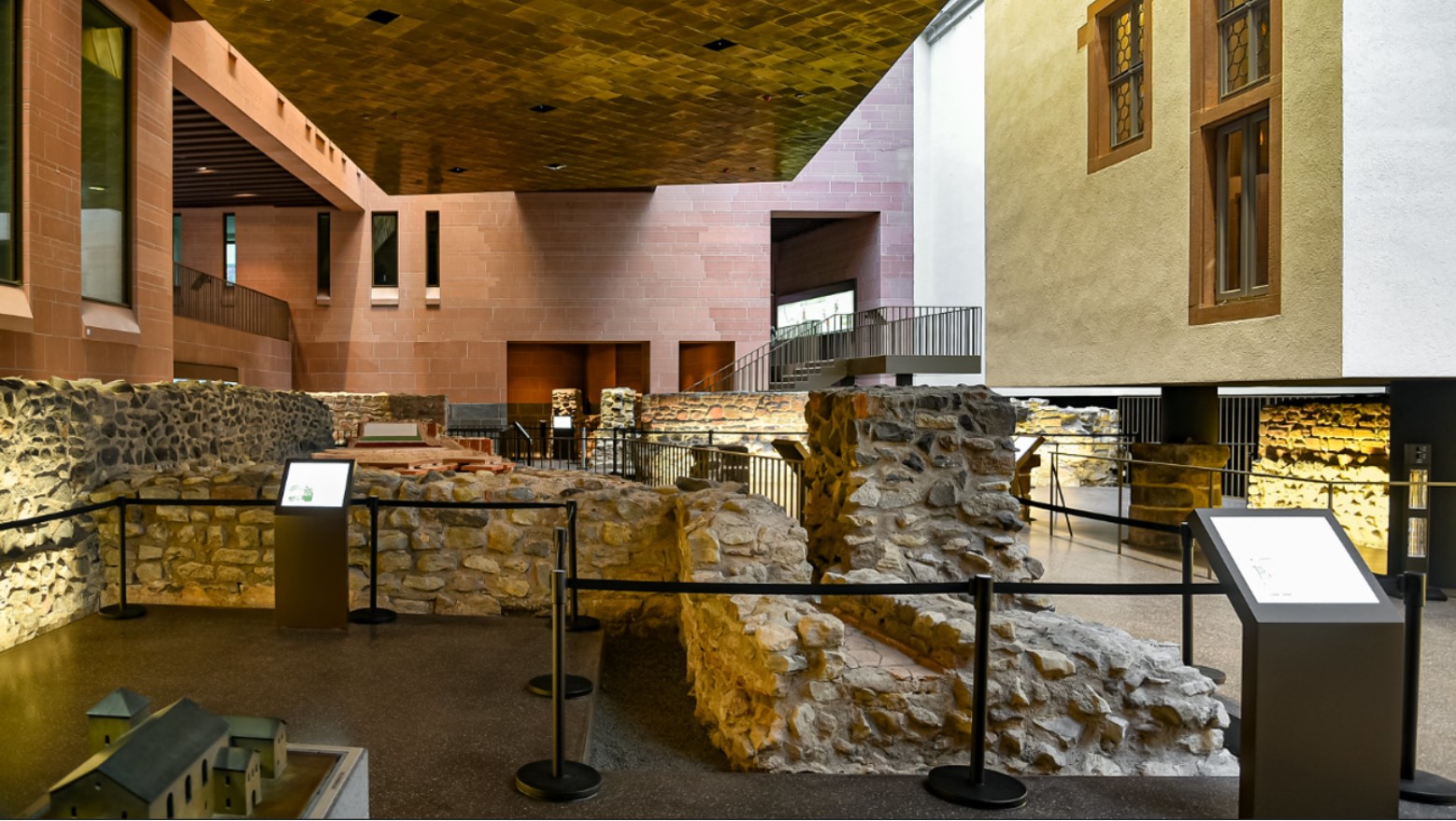
Source: Flickr
Whatever they have found has been studied and analyzed before being displayed at the Frankfurt Archaeological Museum. But now, they have a new and very exciting piece to add to the collection.
Finding an Ancient Basement
While digging below what is now the Frankfurt suburb of Heddernheim, archaeologists found an almost perfectly preserved wooden cellar door several feet underground.
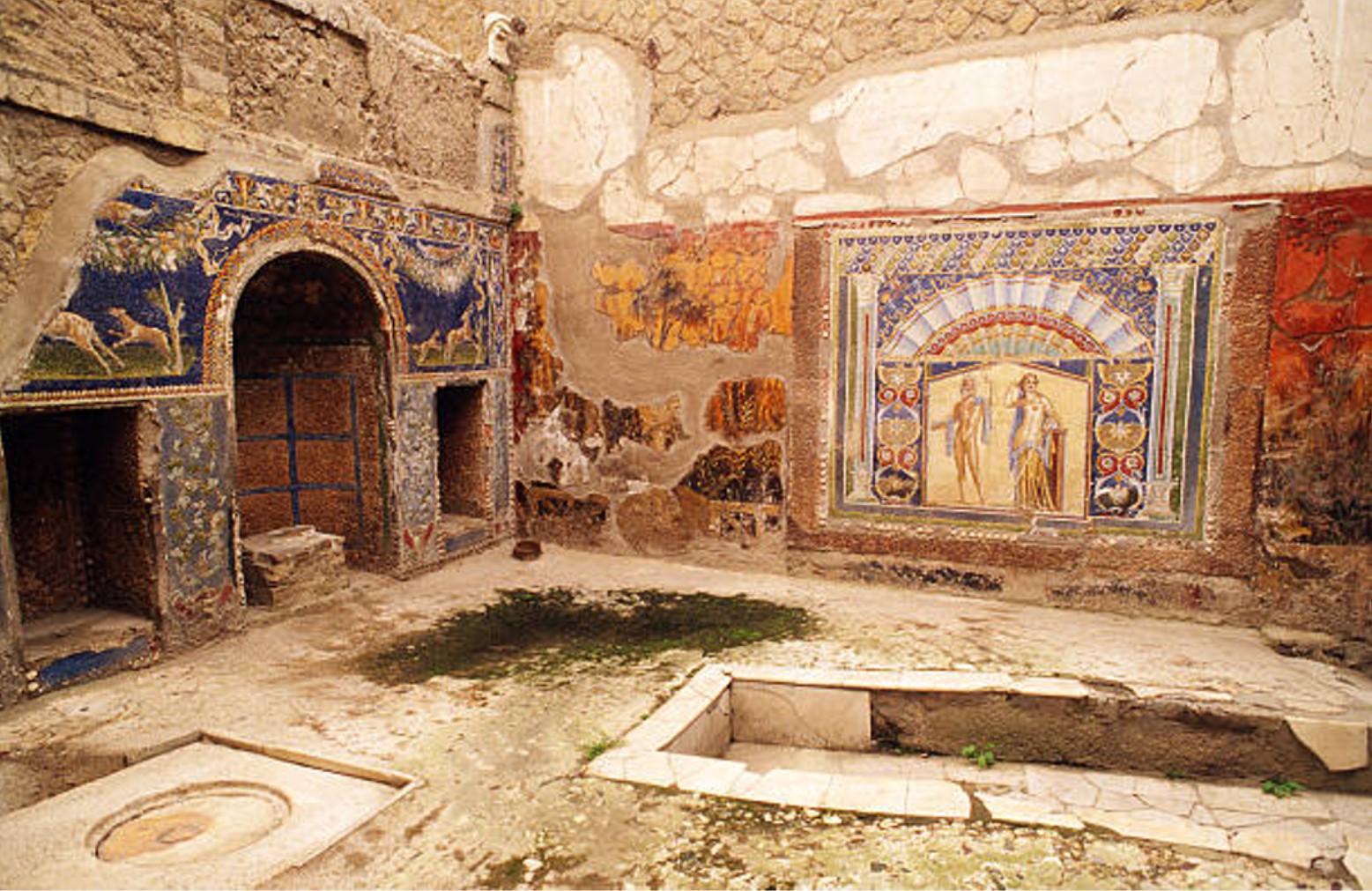
Source: iStock
They believe the large wooden door was constructed during the first century by Roman citizens, and that it led down into an ancient basement.
What They Found Around the Wooden Door
The team of archaeologists were able to excavate clay steps that lead down to the cellar door. They believe the steps to the basement were most likely inside a home, which has since been completely destroyed.
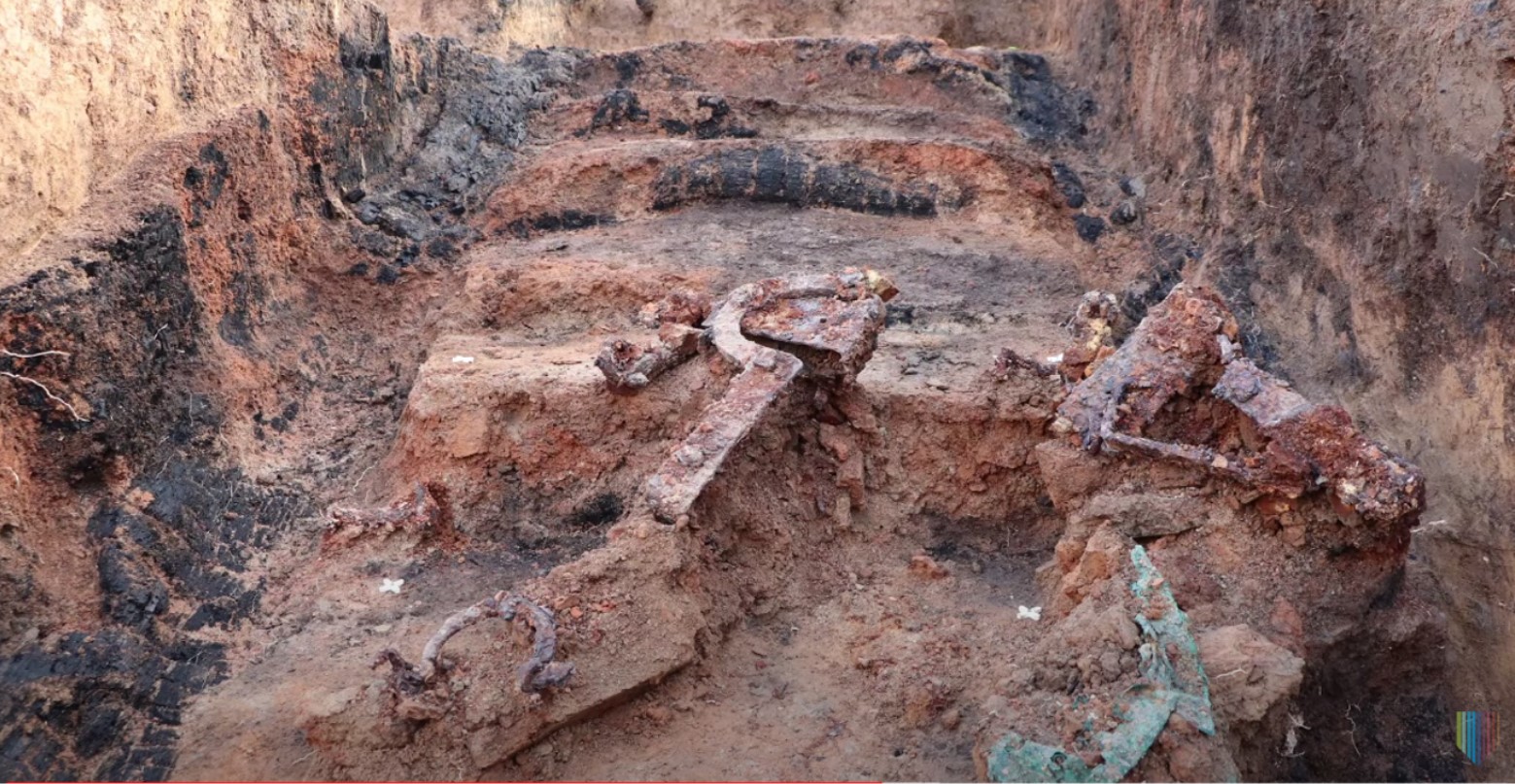
Source: @DenkmalamtFFM/YouTube
While it’s likely the home was taken apart by builders in the 15th century, there is also a theory that the home was lost to a fire before the collapse of the Roman Empire
Evidence of a Fire in the Cellar
There is significant evidence along the steps and the inner walls of the basement that the home was, at one point, on fire.
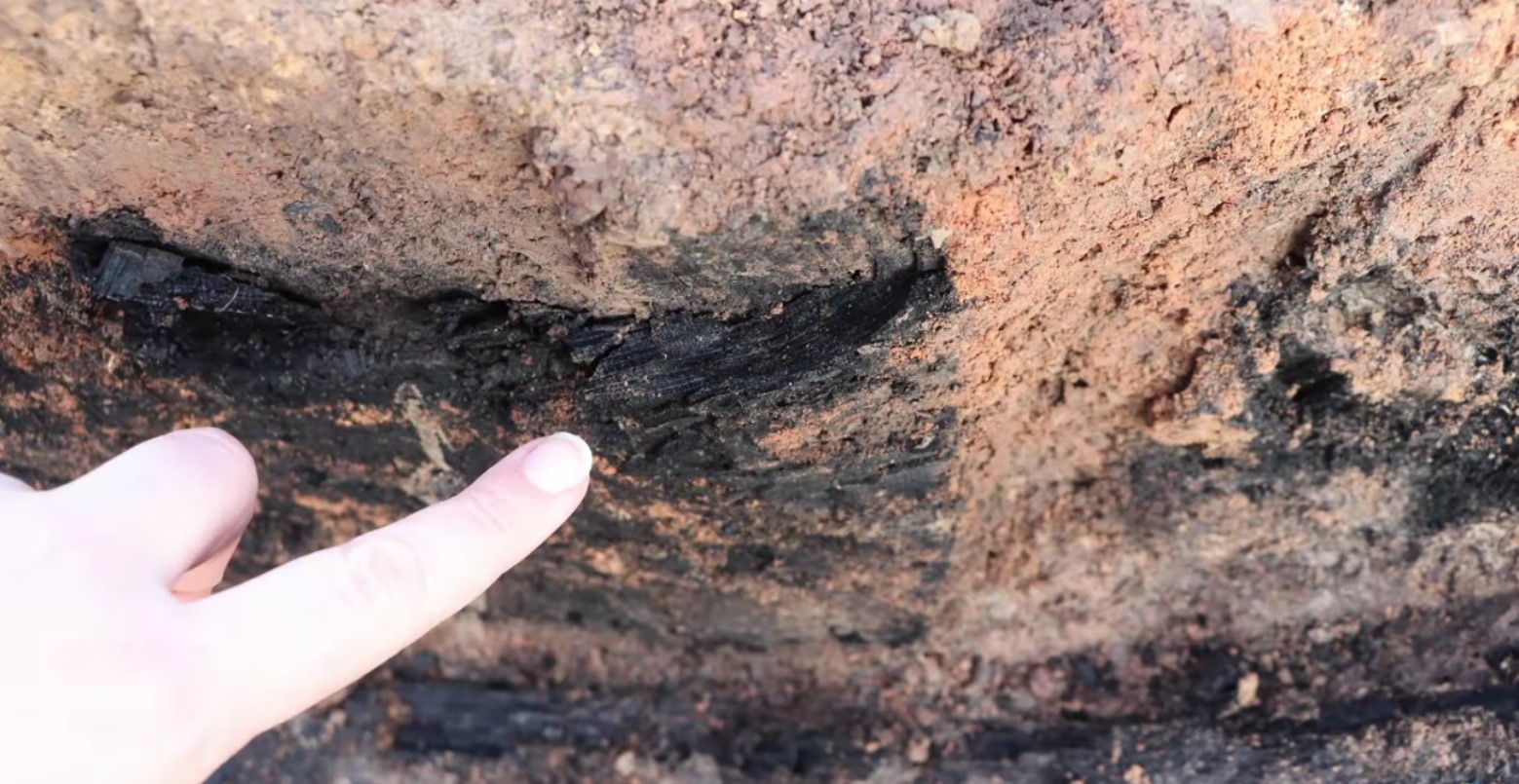
Source: @DenkmalamtFFM/YouTube
Just how catastrophic the fire was is unknown, but there are a few clues that have helped archaeologists develop a theory of what happened.
The Ancient Homeowners Attempted to Save Their Belongings
The archaeologists found several artifacts, including a glass vessel and iron utensils, which had been all but destroyed in the fire.
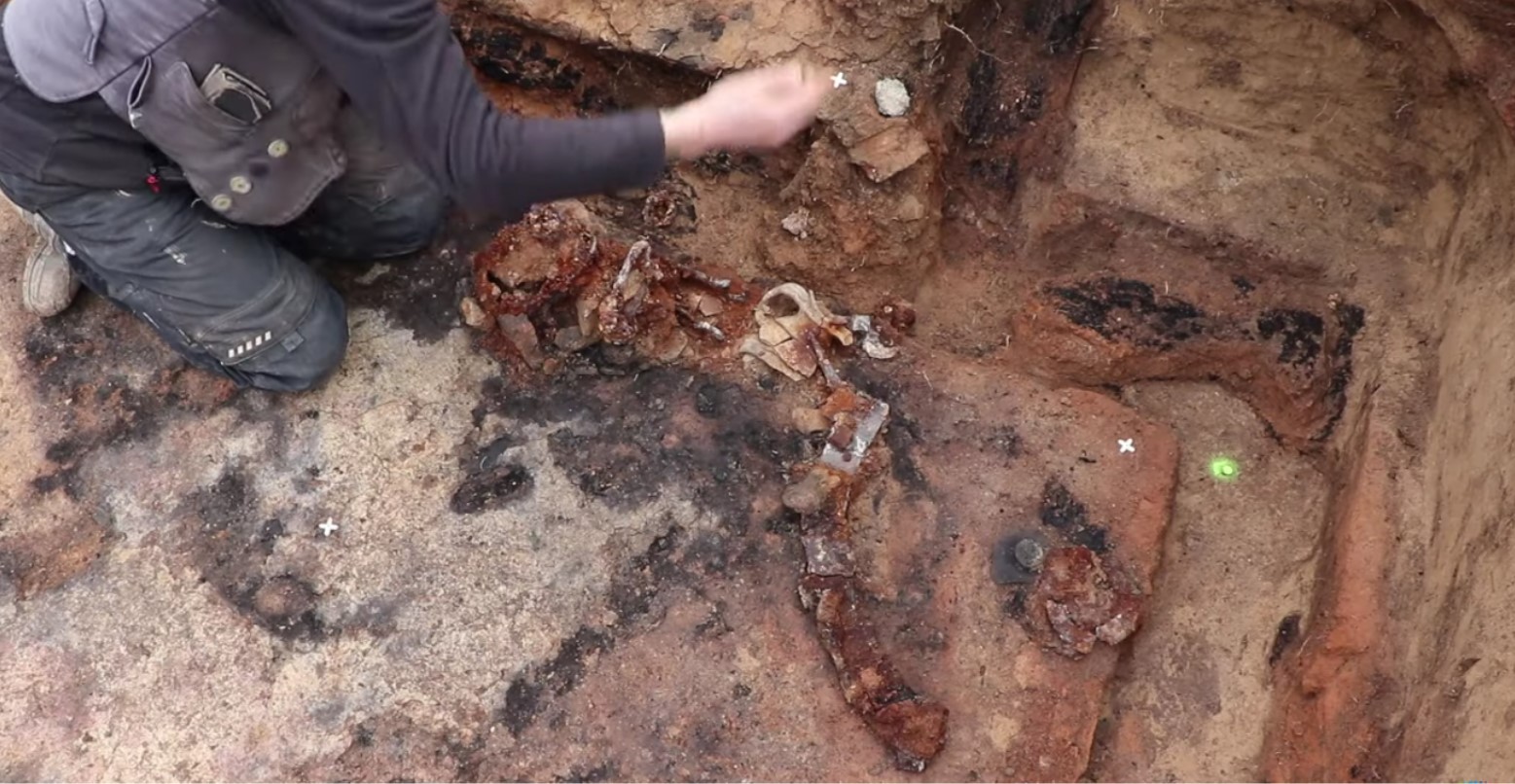
Source: @DenkmalamtFFM/YouTube
With the debris, burnt areas of clay, and the artifacts, archaeologists believe the homeowners had tried to remove any important personal effects from the cellar after it caught fire, but they simply couldn’t get everything out in time.
This Isn’t the Only Cellar Fire Archaeologists Have Found
Interestingly, this wooden cellar in Frankfurt, which barely survived a fire, isn’t the first Roman basement that archaeologists have found in Nida.
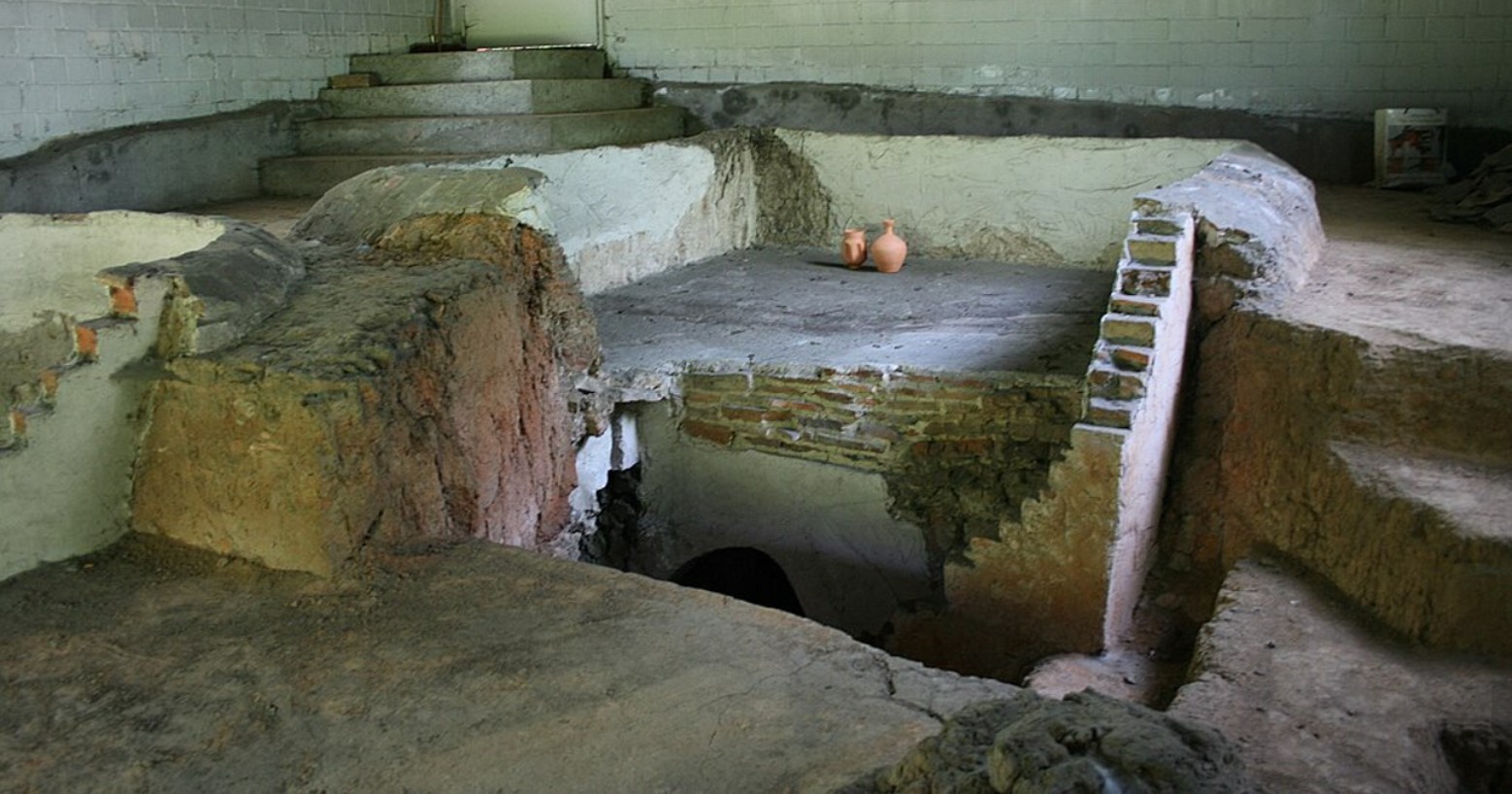
Source: Wikipedia
Although it’s impossible to know for sure, these homes could have been set on fire during a battle, or the fires may be unrelated accidents. Either way, they know the residents were still present when the fires began, as they were clearly trying to salvage their belongings before fleeing the scene.
Why Is the Wooden Door of Nida So Thrilling?
Compared to the frescoes of Pompeii or the artifacts of Roman necropolises, a wooden cellar door may not seem all that exciting.
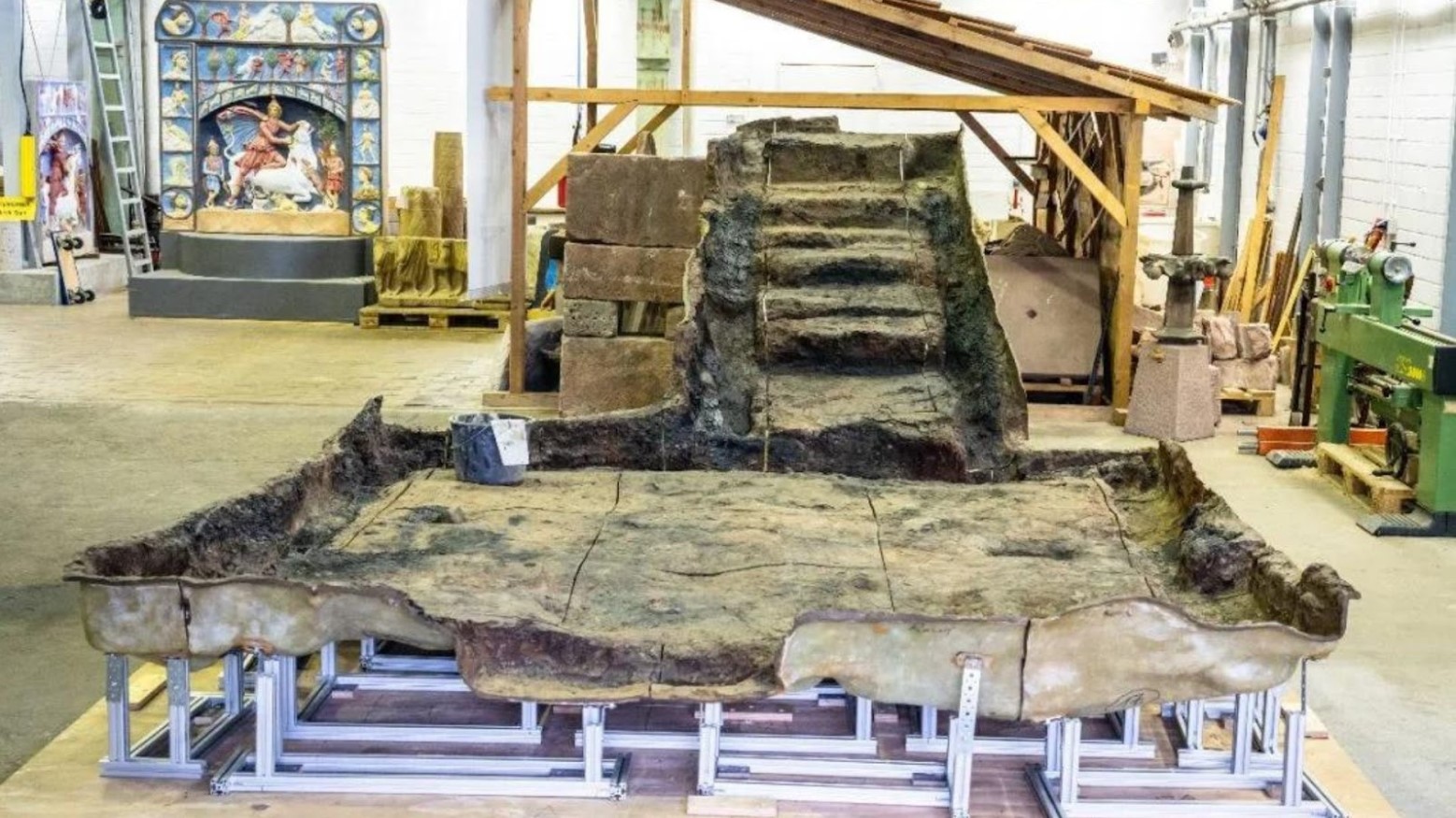
Source: Archaeological Museum Frankfurt
However, the archaeologists in Frankfurt couldn’t disagree more. They believe this finding is extremely compelling in that it will help them better understand what life was like for the Romans in Germany, including how they built and organized their homes, and maybe even their final days there before being pushed out.
The Wooden Cellar Door Will Be on Display at the Frankfurt Archaeological Museum
Fortunately, archaeologists were able to safely remove the cellar from its place underground to ensure they could protect it from further decomposition.

Source: Uwe Dettmar/City of Frankfurt
As soon as they are done with their analysis and implement preservation measures, the entire cellar, including the steps, will be on display at the Frankfurt Archaeological Museum for all who visit to admire.
